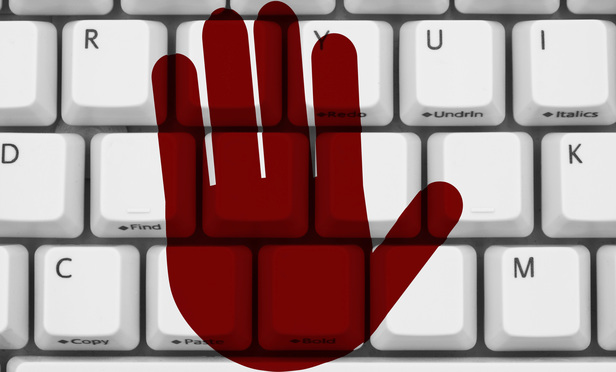With the enactment of the Defend Trade Secrets Act of 2016 (DTSA) on May 11, companies were given new means to pursue claims in federal court against hackers, malicious departing employees and others seeking to steal their confidential information or otherwise do them harm. Previously, companies seeking to litigate in federal court against such parties generally had to rely on the Computer Fraud and Abuse Act (CFAA). The DTSA and CFAA are not mutually exclusive; claims can be brought under both for the same misconduct. But careful consideration should be given to the decision of which to assert, due to the differences between the two laws.
The DTSA is modeled broadly on the Uniform Trade Secrets Act and requires proof of similar elements. Specifically, “[a]n owner of a trade secret that is misappropriated may bring a civil action under [the DTSA] if the trade secret is related to a product or service used in, or intended for use in, interstate or foreign commerce.” That is, there are four elements to a claim under the DTSA: (1) the plaintiff must be “an owner” of a trade secret; (2) the information must be a “trade secret”; (3) the trade secret must be “misappropriated”; and (4) the trade secret must be related to interstate or foreign commerce.
This content has been archived. It is available through our partners, LexisNexis® and Bloomberg Law.
To view this content, please continue to their sites.
Not a Lexis Subscriber?
Subscribe Now
Not a Bloomberg Law Subscriber?
Subscribe Now
LexisNexis® and Bloomberg Law are third party online distributors of the broad collection of current and archived versions of ALM's legal news publications. LexisNexis® and Bloomberg Law customers are able to access and use ALM's content, including content from the National Law Journal, The American Lawyer, Legaltech News, The New York Law Journal, and Corporate Counsel, as well as other sources of legal information.
For questions call 1-877-256-2472 or contact us at [email protected]



